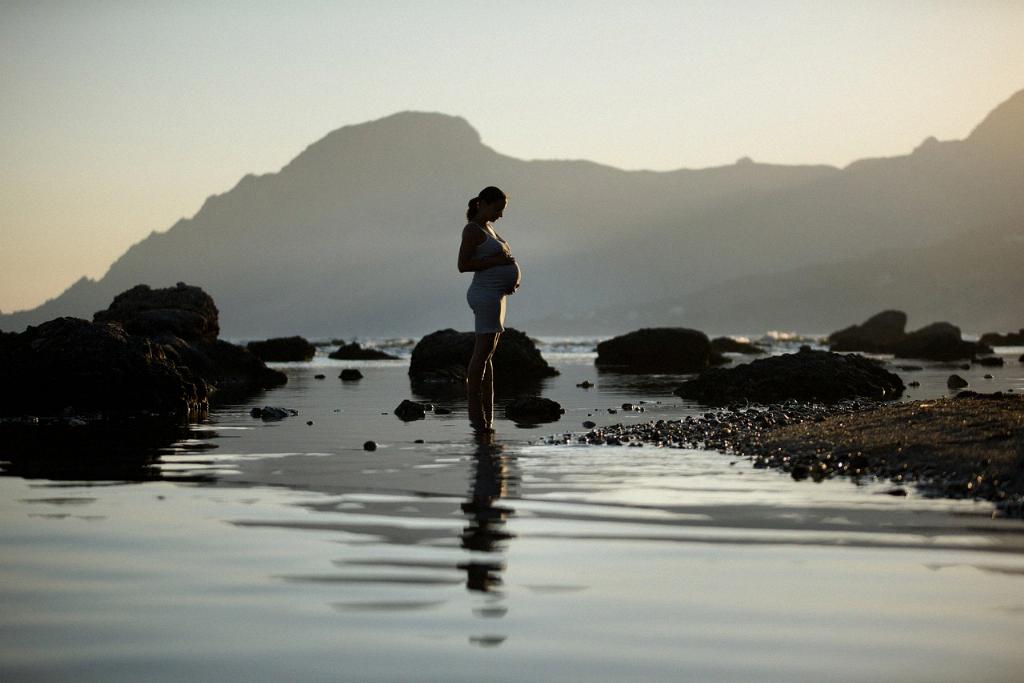One of the most exciting milestones for many expectant parents is the moment they start to visibly show their pregnancy. The timing of when a baby bump appears can vary greatly from person to person, influenced by factors such as weight, height, and individual body shape. However, there are some general guidelines that can give you an idea of when you might expect to see that adorable bump make its debut.
Factors Influencing the Timing of Your Baby Bump
For most people, the first signs of a baby bump start to become noticeable in the second trimester, typically between weeks 12 and 16 of pregnancy. This is when the uterus has grown large enough to rise above the pelvic cavity, making the pregnancy more visible from the outside. Nevertheless, the exact timing can vary based on a variety of factors, both biological and environmental.
Weight and Body Shape
Individual differences in weight and body shape play a significant role in determining when you may begin to show. Generally, if you are on the smaller side or have a lower body weight, you may notice your bump becoming more prominent closer to the 12-week mark. On the other hand, if you have more weight or a larger midsection, it might take a bit longer for the bump to become noticeable, possibly around 16 weeks.
Height and Posture
Height and posture can also influence how soon your baby bump becomes apparent. Taller individuals with longer torsos might take longer to visibly show their pregnancy due to having more room for the growing uterus to expand before protruding noticeably. Conversely, shorter individuals with shorter torsos may find that their bump becomes visible earlier in the pregnancy.
Previous Pregnancies
If you have been pregnant before, your body might respond differently to subsequent pregnancies. Muscles and ligaments that have already been stretched and loosened during a previous pregnancy could cause you to show earlier in a subsequent pregnancy. This phenomenon, often referred to as “showing earlier” in subsequent pregnancies, is a common experience for many individuals.
Multiple Pregnancies
In the case of a multiple pregnancy, such as carrying twins or triplets, the uterus expands more rapidly to accommodate the growing fetuses. As a result, individuals carrying multiples typically show earlier than those carrying a single baby. A noticeable baby bump in a multiple pregnancy may appear even earlier than the typical 12 to 16-week window.
Overall Timeline of Pregnancy Changes
While the appearance of a baby bump is an exciting and tangible sign of pregnancy, it is just one of many physical changes that occur throughout the nine months of gestation. From morning sickness in the first trimester to swollen ankles in the third, each stage of pregnancy brings its own set of joys and challenges. Embrace the journey and remember that every pregnancy is unique, just like every baby bump!

